CARING WITH FAMILY
|
| The level of affection a breed tends to exhibit towards family members or close acquaintances can vary. Certain breeds may appear distant with everyone except their owners, whereas other breeds embrace everyone they are familiar with as if they were their closest companion. |
LOVE WITH CHILDREN
Unwise
Good With Children
|
| The extent to which a breed demonstrates tolerance and patience towards children's behavior, as well as their overall family-friendly nature, can vary. It is essential to always supervise dogs when they are around young children or children of any age who have limited exposure to dogs. |
BEHAVIOR WITH DOGS
Unwise
Good With Other Dogs
|
| The overall sociability of a breed towards other dogs can vary. While it is important to always monitor and supervise interactions and introductions between dogs, some breeds tend to have a higher predisposition for getting along with other dogs, whether it's within the home or in public settings. |
SHEDDING LEVELS & MANAGEMENT
No Shedding
Hair Everywhere
|
| The amount of fur and hair that a breed is prone to shedding can significantly differ. Breeds that shed heavily will require more frequent brushing may be more likely to trigger certain types of allergies and might necessitate consistent vacuuming and lint-rolling to keep the environment clean. |
COAT GROOMING STANDARDS
|
| The grooming needs of a breed can vary in terms of bathing frequency, brushing requirements, trimming and other types of coat maintenance. It is crucial to consider the amount of time, patience and budget you can allocate for such care when assessing the grooming effort required. However, it's important to note that all breeds necessitate regular nail trimming. |
DROOLING INTENSITY
Less Likely to Drool
Always Have a Towel
|
| The tendency for a breed to drool can vary. If you prioritize cleanliness and neatness, dogs that tend to leave trails of slobber on your arm or create big wet spots on your clothes may not be the most suitable choice for you. |
COAT STYLES GUIDE |
| Smooth |
| COAT SPECTRUM |
| Medium |
FRIENDLINESS
Reserved
Everyone Is My Best Friend
|
| The extent to which a breed is welcoming towards strangers can differ. Certain breeds may exhibit reserved or cautious behavior around all strangers regardless of the setting, whereas other breeds will eagerly greet new humans whenever they encounter one. |
LIVELINESS
Only When You Want To Play
Non-Stop
|
| The level of enthusiasm a breed exhibits towards play even beyond the age of puppyhood, can vary. Certain breeds will continue to enjoy games like tug-of-war or fetch well into their adult years, while others will be content to spend most of their time relaxing on the couch with you. |
VIGILANCE INTENSITY
What's Mine Is Yours
Vigilant
|
| Certain breeds are more prone to alerting you of the presence of strangers. They are likely to react to any potential threat, whether it's the mailman or a squirrel outside the window. However, these breeds have a tendency to warm up to strangers who enter the house and are accepted by their family. |
ADAPTATION CAPACITY
Lives For Routine
Highly Adaptable
|
| The adaptability of a breed to handle change can vary. This encompasses changes in living conditions, noise levels, weather conditions, daily routines and other variations that occur in day-to-day life. |
OBEDIENCE LEVEL
Self-Willed
Eager to Please
|
| The ease of training and the willingness of a dog to learn new things can differ between breeds. Some breeds have a strong desire to please their owner and are highly trainable, while others may have a more independent streak and prefer to do what they want, when they want and wherever they want! |
STAMINA LEVEL
|
| The amount of exercise and mental stimulation needed by a breed can vary. High-energy breeds are typically ready for physical activities and eagerly seek their next adventures. They enjoy running, jumping, and playing throughout the day. On the other hand, low-energy breeds are content with a more relaxed lifestyle and tend to enjoy lounging around and snoozing. It's important to match the exercise and mental stimulation requirements of a breed with your own lifestyle and activity level. |
VOCALIZATION
|
| Medium |
LEARNING CURIOSITY LEVEL
Happy to Lounge
Needs a Job or Activity
|
| The amount of mental stimulation required by a breed to stay happy and healthy can vary. Purpose-bred dogs, with jobs that involve decision-making, problem-solving, concentration and other qualities, tend to require ample mental exercise. Without adequate mental stimulation, these dogs may create their own projects to keep their minds busy. However, these projects may not always align with what their owners would prefer. Providing appropriate mental stimulation is important to prevent behavioral issues and ensure the well-being of the dog. |
| COLORS |
|
Description
|
Registration Code
|
|
White & Brown
|
204
|
|
Brown
|
061
|
|
| PATTERNS |
|
Description
|
Registration Code
|
|
Roan
|
036
|
|
Spotted Or Patched
|
106
|
|



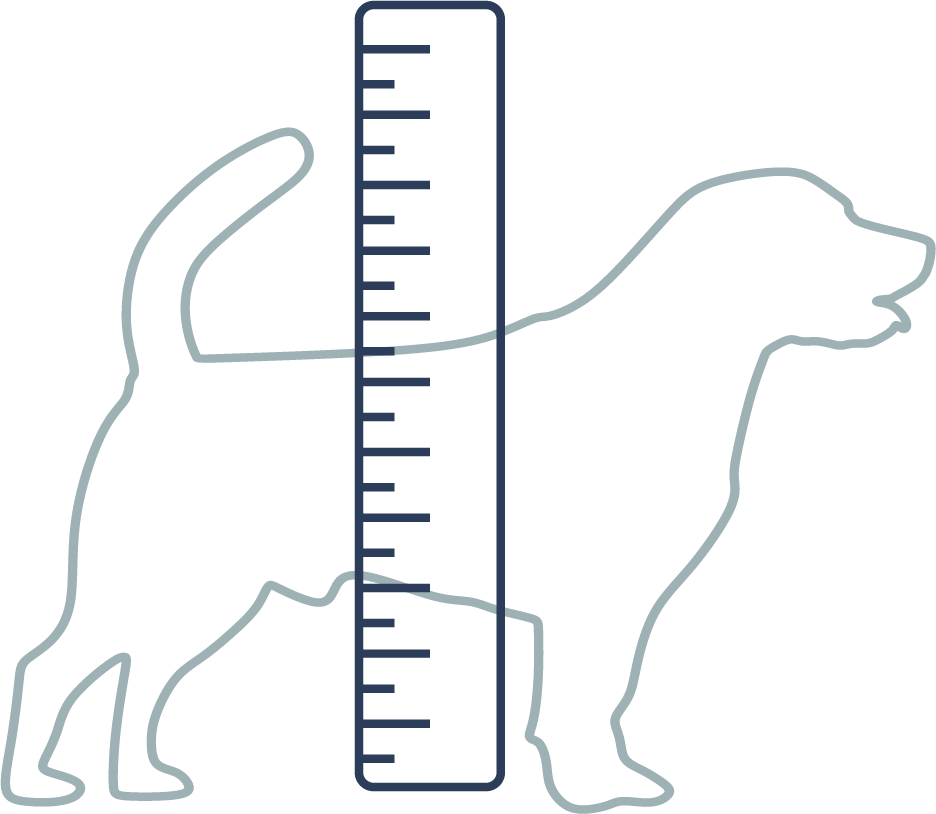


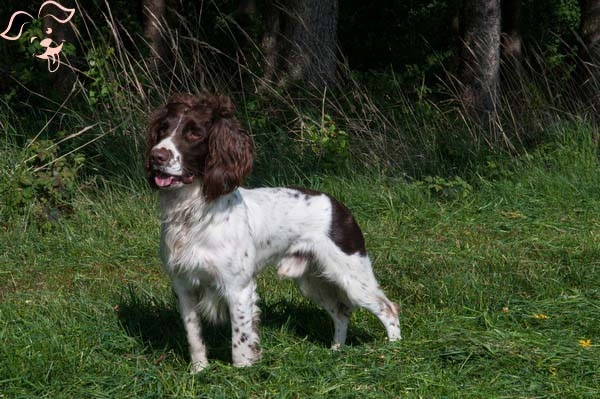

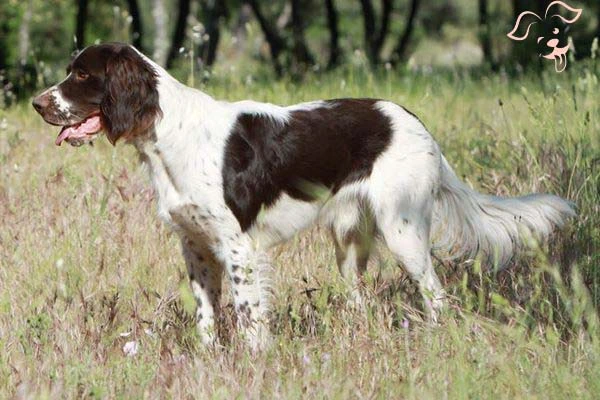
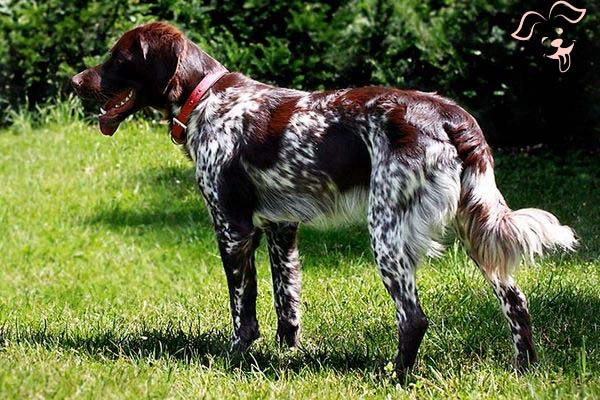







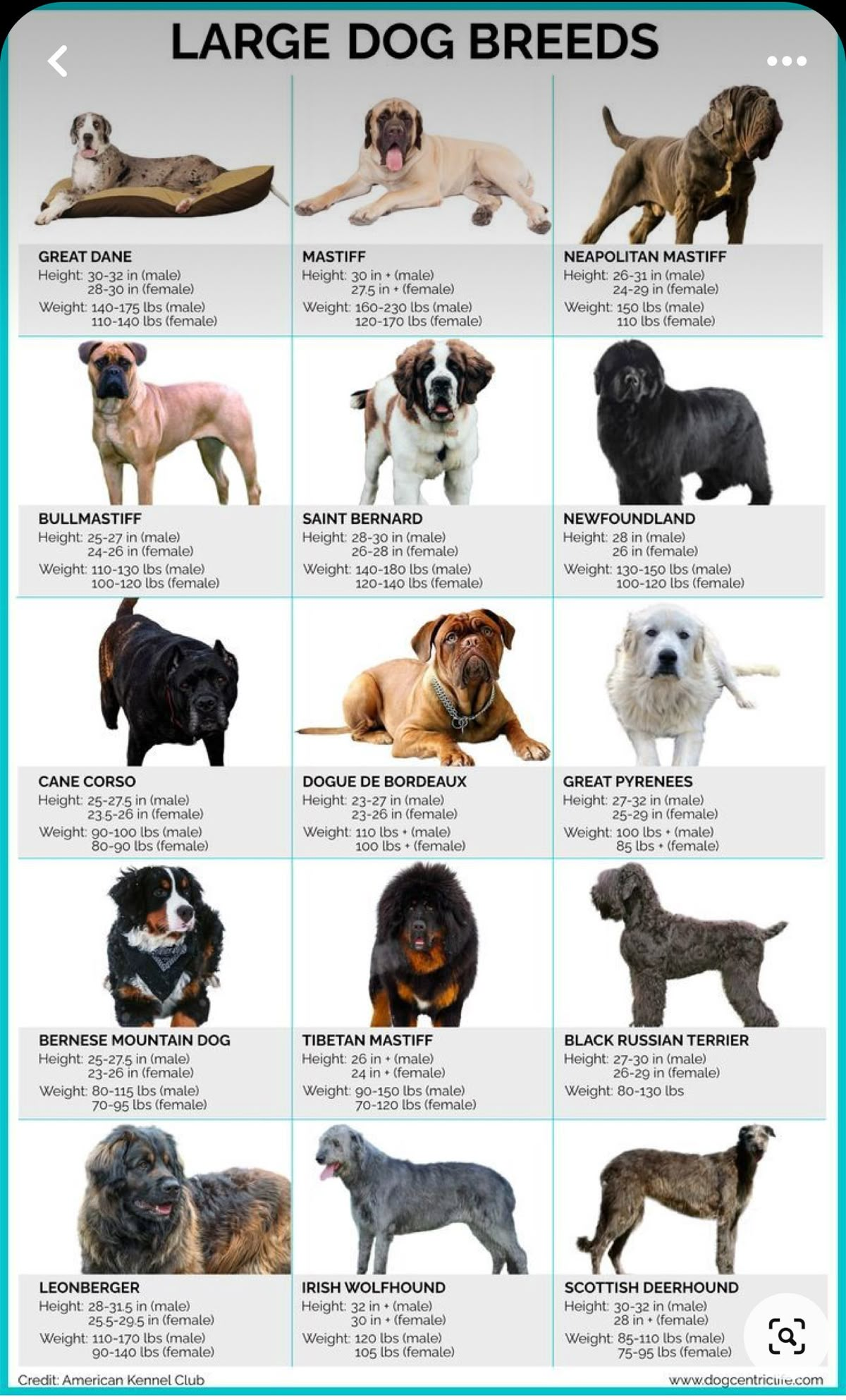

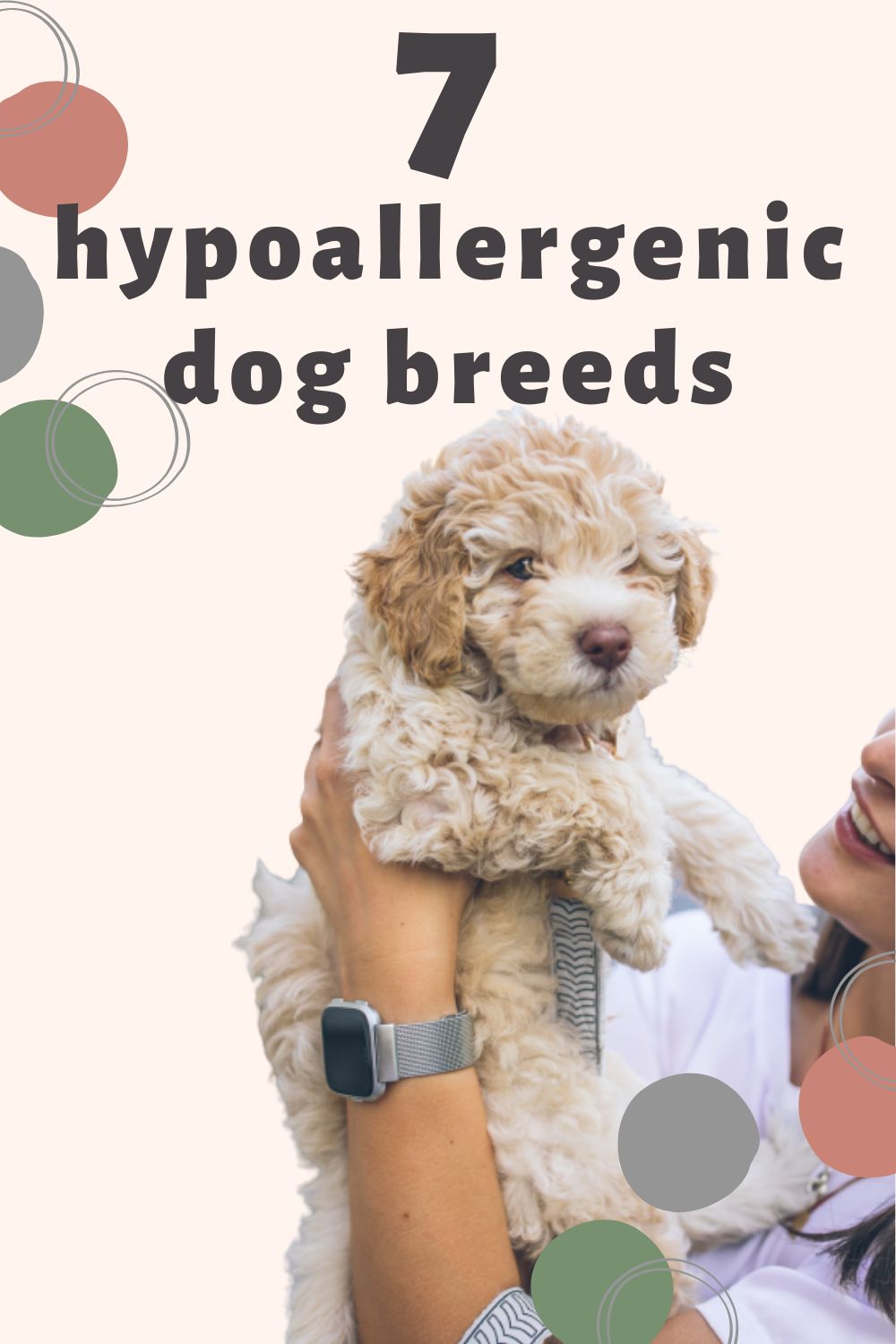

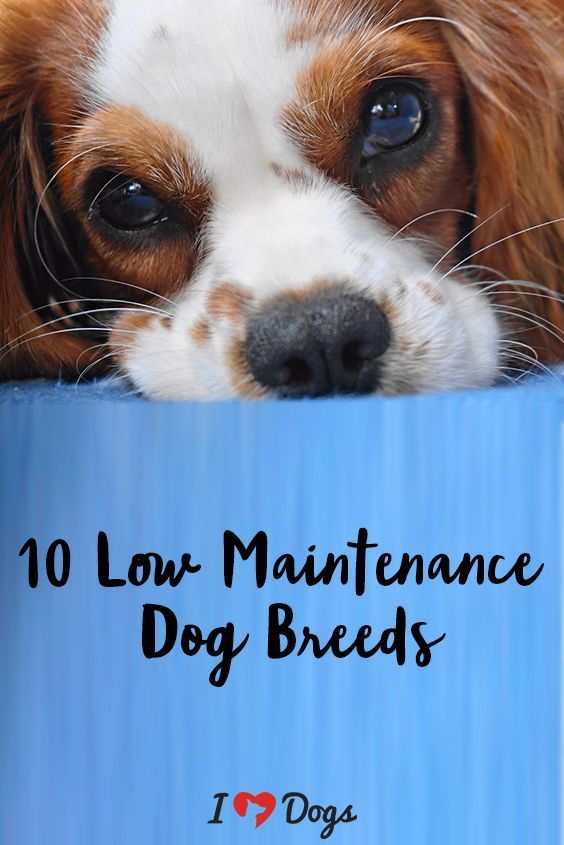


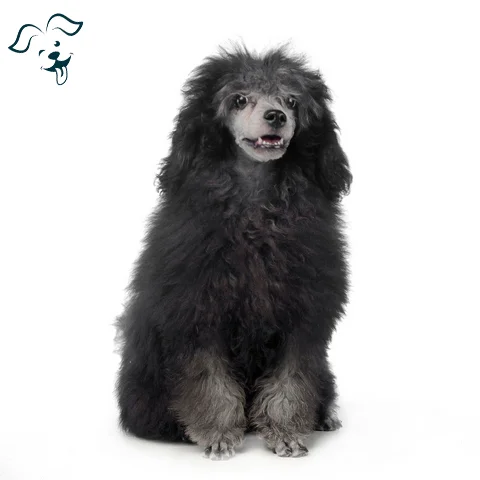

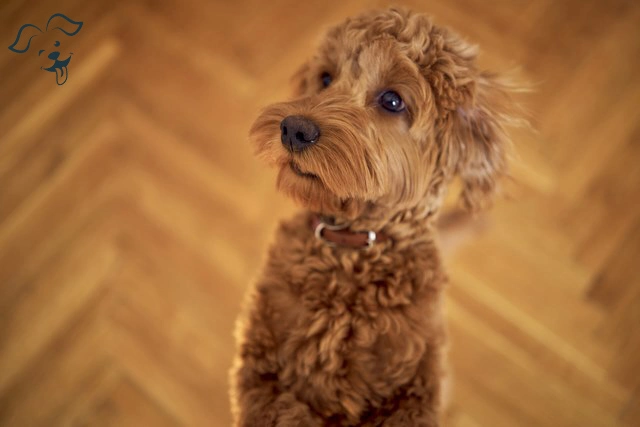
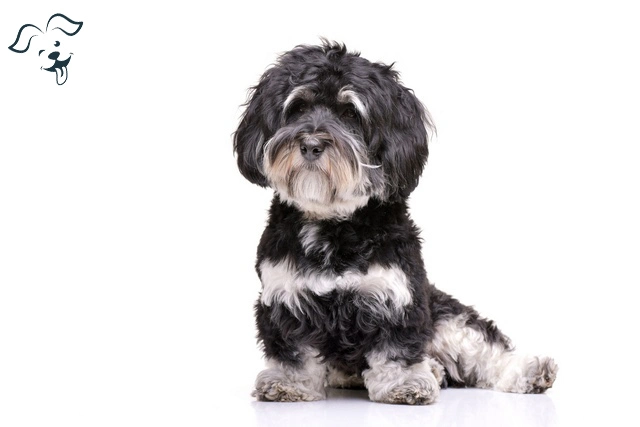
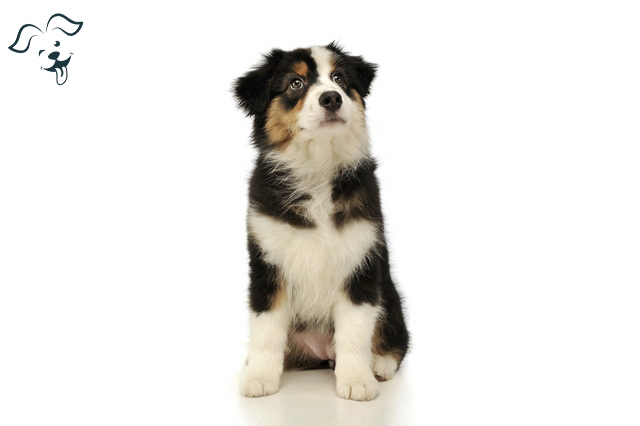
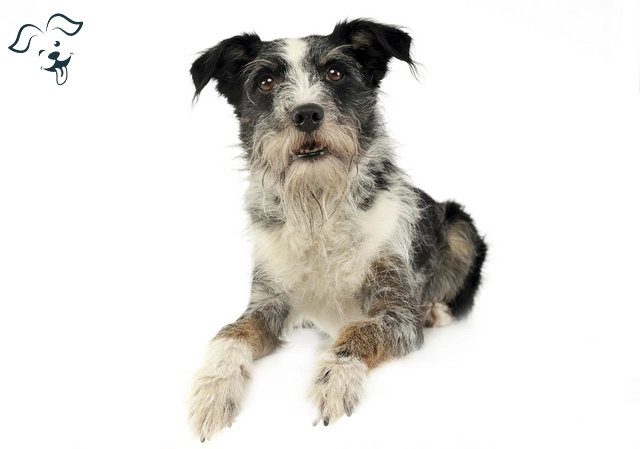
FRIENDLINESS
LIVELINESS
VIGILANCE INTENSITY
ADAPTATION CAPACITY